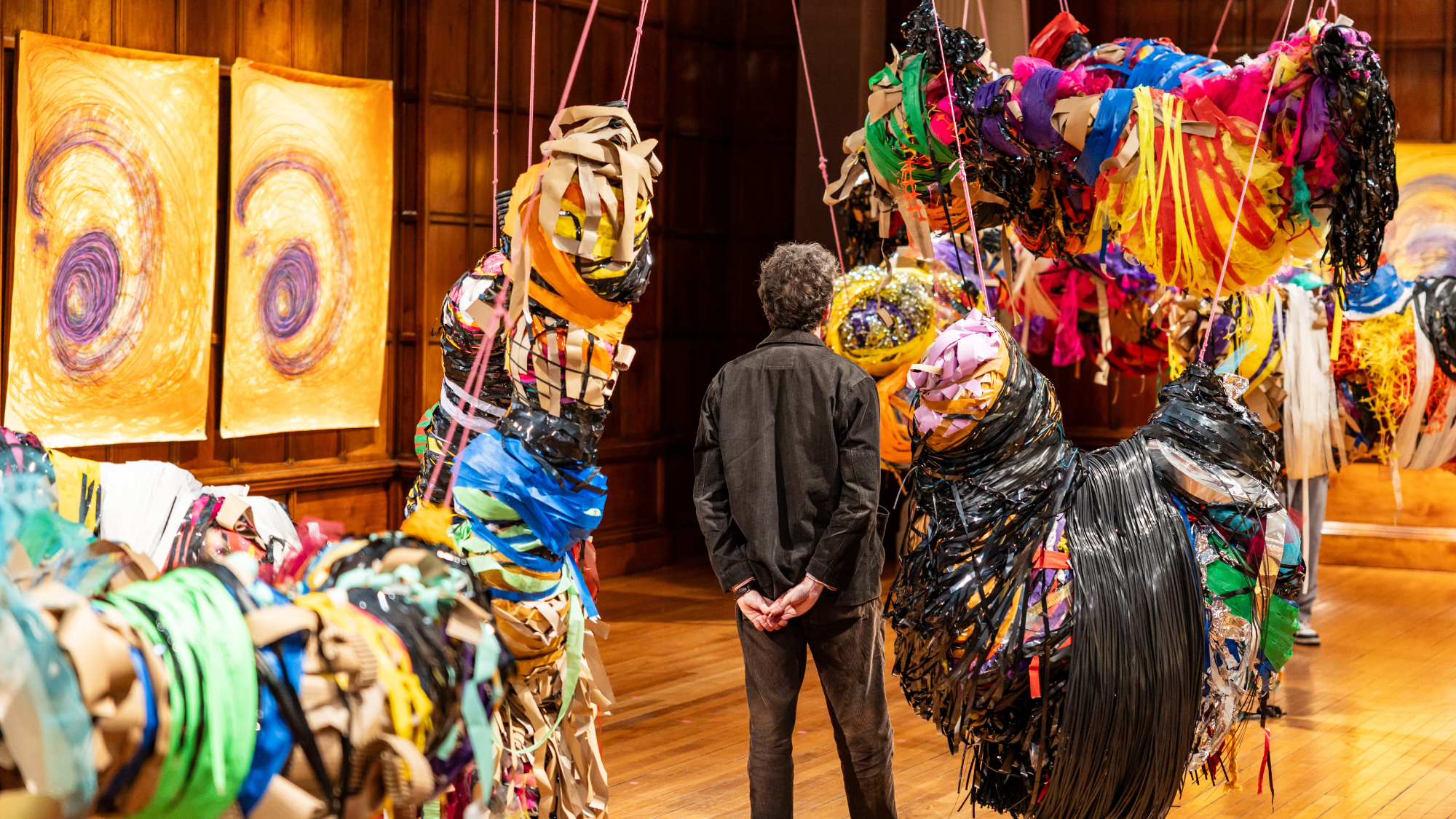Audubon’s Dream Realized: Selections from The Birds of America
This exhibit has taken John James Audubon’s The Birds of America’s safely guarded images, and has the paintings of 47 of his most popular birds on display for all to see.
Naturalist John James Audubon's encyclopedic The Birds of America is 'œmore than just a work of art,' said Paul Richard in The Washington Post. 'œIt's become a national monument.' A staggering 1,065 birds appear on the pages of the book, on 435 separate sheets. It took a team of 50 to etch, print, and hand-paint each creature. Only two whole sets survive, and they usually are tucked away safely in drawers. In this exceptional exhibit, 47 of the most popular etchings are on view. These include images of the ivory-billed woodpecker, the bald eagle, the Baltimore oriole, and the extinct passenger pigeon. Some look a bit stiff or generic, and 'œtheir beadiness of eye is frequently reptilian.' But what matters more is the 'œundeniable patriotic aura that shimmers around this art.'
The etching Goshawk and Stanley Hawk (1832) is particularly interesting because it 'œreveals Audubon's development as an artist,' said Kurt Shaw in the Pittsburgh Tribune-Review. The two hawks on the bottom, drawn in 1809, look stiff and lifeless, while the top hawk, drawn circa 1829, is more animated. Audubon was at his best when depicting birds in conflict, as in his works Virginian Partridge (1830) and The Mocking Bird (1827). The former shows 18 bobwhites under siege by a red-shouldered hawk, and the latter portrays four birds protecting their nest from a fierce rattlesnake. The birds' expressions and gestures are vivid, if unnatural. But part of what makes Audubon distinct is the way he personifies his critters. 'œThey're 'rogues,' they're 'majestic,'' says assistant curator Carlotta Owens. 'œThey way he describes them is the way he saw them.'
A free daily email with the biggest news stories of the day – and the best features from TheWeek.com
The Week
Escape your echo chamber. Get the facts behind the news, plus analysis from multiple perspectives.

Sign up for The Week's Free Newsletters
From our morning news briefing to a weekly Good News Newsletter, get the best of The Week delivered directly to your inbox.
From our morning news briefing to a weekly Good News Newsletter, get the best of The Week delivered directly to your inbox.
-
 Nnela Kalu’s historic Turner Prize win
Nnela Kalu’s historic Turner Prize winTalking Point Glasgow-born artist is first person with a learning disability to win Britain’s biggest art prize
-
 Bridget Riley: Learning to See – an ‘invigorating and magical ensemble’
Bridget Riley: Learning to See – an ‘invigorating and magical ensemble’The Week Recommends The English artist’s striking paintings turn ‘concentration into reverie’
-
 ‘Stakeknife’: MI5’s man inside the IRA
‘Stakeknife’: MI5’s man inside the IRAThe Explainer Freddie Scappaticci, implicated in 14 murders and 15 abductions during the Troubles, ‘probably cost more lives than he saved’, investigation claims
-
If/Then
feature Tony-winning Idina Menzel “looks and sounds sensational” in a role tailored to her talents.
-
Rocky
feature It’s a wonder that this Rocky ever reaches the top of the steps.
-
Love and Information
feature Leave it to Caryl Churchill to create a play that “so ingeniously mirrors our age of the splintered attention span.”
-
The Bridges of Madison County
feature Jason Robert Brown’s “richly melodic” score is “one of Broadway’s best in the last decade.”
-
Outside Mullingar
feature John Patrick Shanley’s “charmer of a play” isn’t for cynics.
-
The Night Alive
feature Conor McPherson “has a singular gift for making the ordinary glow with an extra dimension.”
-
No Man’s Land
feature The futility of all conversation has been, paradoxically, the subject of “some of the best dialogue ever written.”
-
The Commons of Pensacola
feature Stage and screen actress Amanda Peet's playwriting debut is a “witty and affecting” domestic drama.